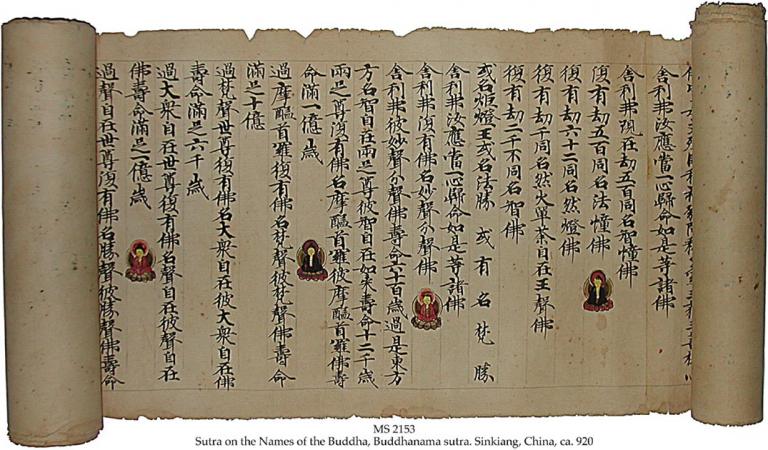The Ancient Chinese Language
3 min readThe Ancient Chinese Language (Part One)
Chinese is truly an ancient language and one of the longest lived languages in the world. With the largest number of speakers of any language in the world today, Chinese is thus starting to become one of the most studied foreign languages.
What changes did the Chinese language take is an interesting question, without a simple answer. The language used in China today, is the modern version of ancient Chinese that developed throughout the ages.
The clearest change to the Chinese language came about during the May 4th Movement of 1919 which was a watershed in the development of the Chinese language, bringing about a lot of simplification to Chinese grammar. Older versions of Chinese employed a written language known as the classical style of writing, a form that differed significantly from how people actually spoke. This written form remained clearly standardized throughout much of Chinese history for the writing of official documents. Nowadays, people find this form quite difficult to read, because the modern Chinese written form has been changed to show how Chinese is actually spoken.
According to legend, several thousand years ago during the time of the Yellow Emperor , what is now China consisted of some 10,000 separated clans. By the time of the Xia Dynasty the number was around 3,000 and by the time of the Zhou Dynasty there were 800 self-ruling states. As one can imagine, each state spoke its own dialects clearly different from any other’s. So with so many different spoken languages, the only way to keep an open form of communication was to develop a common written form.
During the Zhou Dynasty some characters were created and the first unified Chinese writing was invented until the time of the Qin Empire and thus formed the basis of the written language. After Qinshihuang unified China, in order to maintain unity and keep the country from separatism, he spread the very first full set of uniform characters to be used throughout China.

The Ancient Chinese Language (Part Two)
The Chinese language we use today is a result of many changes of the classical Chinese over the centuries. The Age of Wei-Jin, Northern and Southern, Sui and Tang Dynasties was the high period of classical Chinese.
Before Chinese entered what is known as the early modern era, a form of written language was used, somewhat closer to modern Chinese. It was during the Ming and Qing Dynasties, when Beijing and Nanjing were the capital cities that the language took its cues from the dialects spoken in these two cities.
From the Ming Dynasty the standard for Chinese was set by the official court known as “language of officials” and as the Ming capital was first set in Nanjing, it was based on Nanjing dialect. In the early 15th century the Ming capital moved to Beijing and therefore Beijing dialect in turn ascended to become the basis for the “language of officials”. Before that the Qidan people and their Liao Dynasty, the Nüzhen people and their Jin Dynasty, and the Mongolian people and their Yuan Dynasty all established their capital cities in or near present-day Beijing.
One can well imagine, then, that Beijing dialect had been heavily influenced by the languages of these ethnic groups. During the Qing Dynasty the language spoken by the Manchu nobles and officials at court was based on Beijing dialect, and so when westerners first came into contact with the Chinese court they called their language Mandarin, coming from the Chinese word “Manchu official”.
The term of address for an official was “sir” and so Mandarin means the official Chinese used by these Manchu officials, a language that spread throughout officials of all ranks across the country despite its huge differences with so many local dialects of each region.









